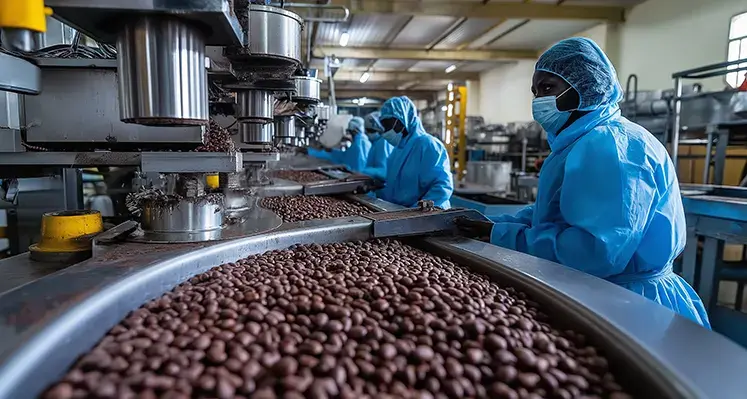Up to 300,000 smallholder farmers in Northern Uganda are set to benefit from a US$2mn technical assistance programme aimed at increasing cotton yields, strengthening value chains, and boosting rural incomes in a region where the crop is a cornerstone of livelihoods.
The African Development Bank (AfDB) Board of Directors approved the funds on 9 December 2025 to support the Cotton Value Chain Project in Northern Uganda. Financed by the Fund for African Private Sector Assistance (FAPA)—a multi-donor trust fund hosted by AfDB—the initiative provides grants for technical support to enhance Africa’s private sector. The programme will be implemented by the Ministry of Agriculture, Animal Industry and Fisheries, with a strong focus on revitalising rural economies and improving household incomes.
Cotton is central to Northern Uganda’s local economy, yet many farmers face low productivity due to limited access to quality inputs, weak market linkages, and outdated processing facilities. The project seeks to tackle these challenges by optimising performance across the entire cotton value chain, from farm production to processing and marketing.
Targeted interventions will help farmers increase yields through improved seed varieties, better farming practices, and expanded access to extension services. Cotton mills and cooperatives will receive support to modernise equipment and raise quality standards. At the same time, stronger connections between farmers, processors, and buyers are expected to stabilise prices and increase household earnings.
The initiative is expected to deliver broad benefits across local communities. In addition to the 300,000 direct beneficiaries, more than one million people including cotton growers, women, youth, and workers along the processing and trading value chain are projected to benefit.
Dorsaf Zangar-Labidi, AfDB Manager for Industrial Development, Trade and Investment Climate Division, emphasised the project’s people-centred approach: “This project will bring new opportunities to farming communities and thereby restoring dignity and improving livelihoods,” she said. “As a significant cash crop, investing in cotton means we are investing in jobs, incomes, climate resilience and even food security.”
Higher farm incomes are expected to enable families to invest more in education and healthcare, while new employment opportunities along the cotton value chain should encourage greater participation by youth and women. Strengthened farmer organisations will also provide producers with a stronger voice and better access to finance and markets.
Sustainability is a key focus of the programme. Training in climate-smart agriculture will equip farmers to cope with weather shocks and protect soil health. Overall, the project is projected to deliver higher cotton productivity, improved lint quality, expanded processing capacity, and stronger private sector engagement. By boosting local value addition, the initiative aims to retain more economic benefits within Uganda and reduce export losses.
“Over time, the gains expected from this project will contribute to poverty reduction, economic resilience and regional stability in the region,” Zangar-Labidi concluded.












